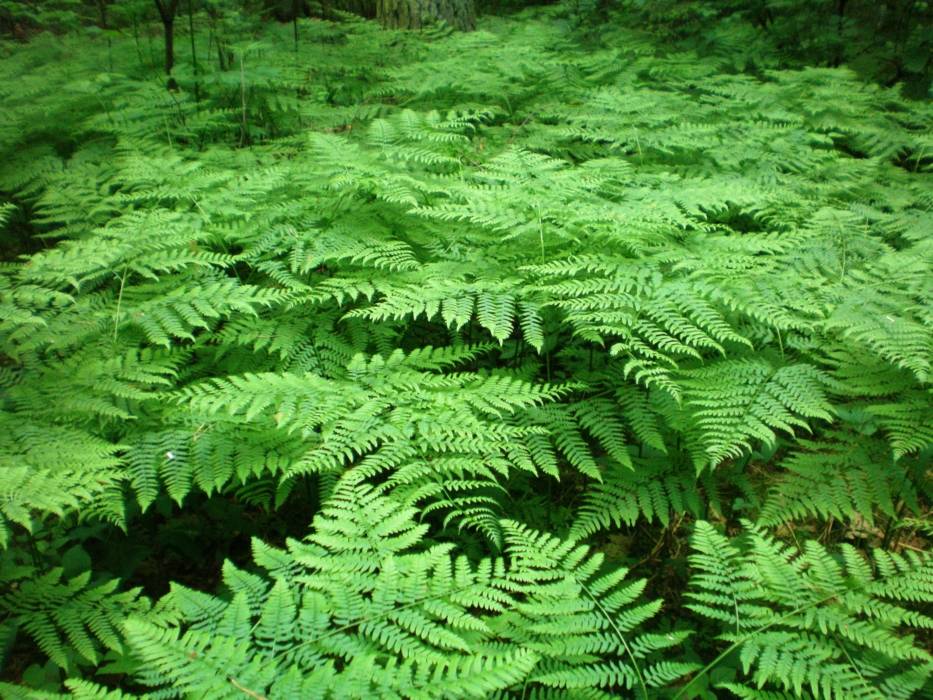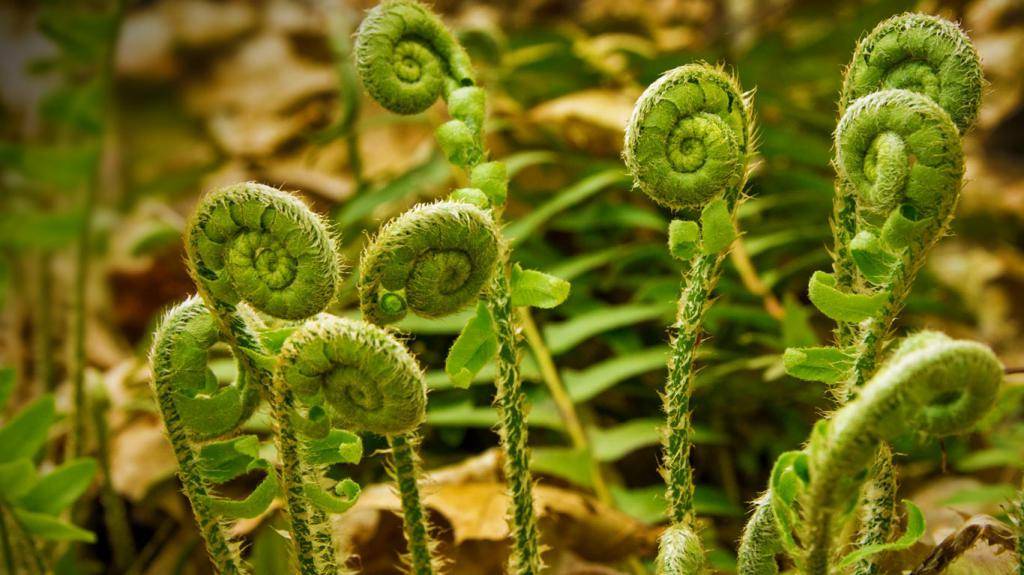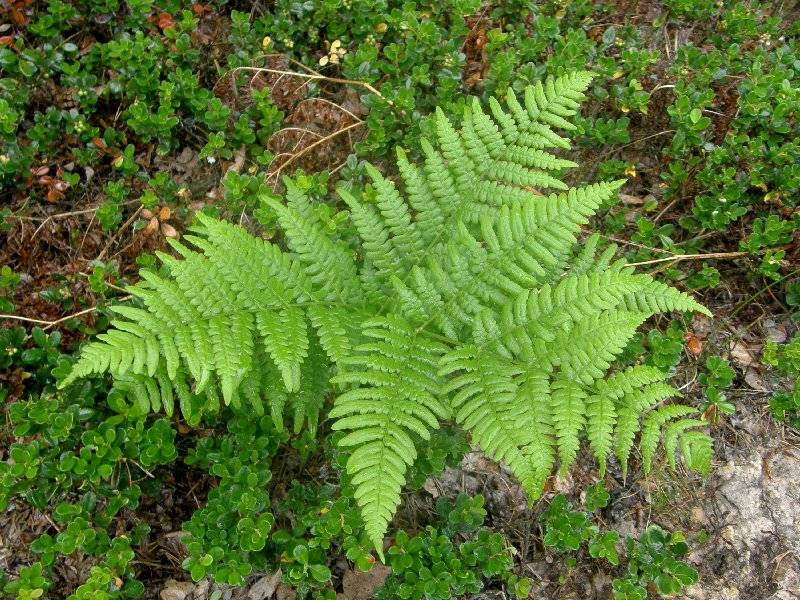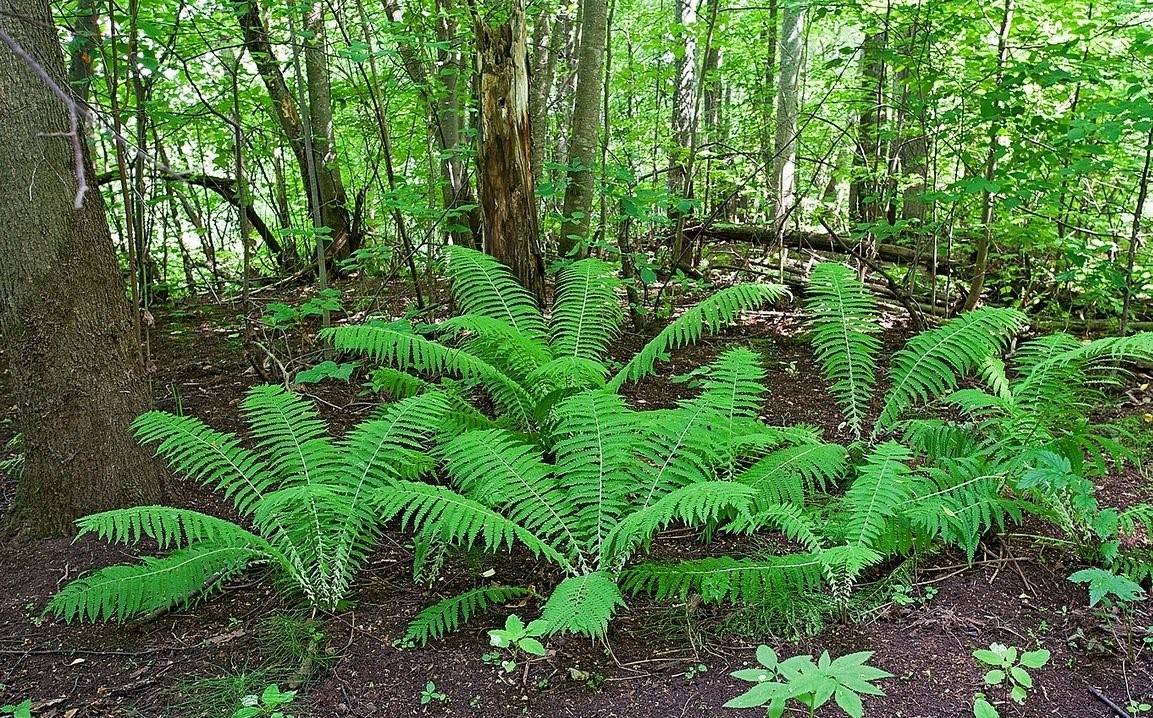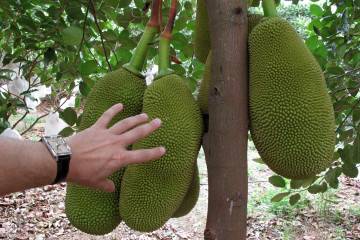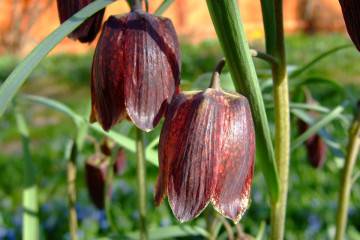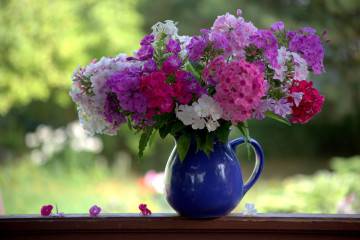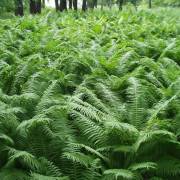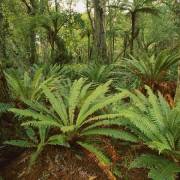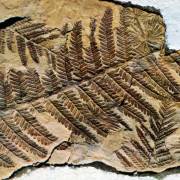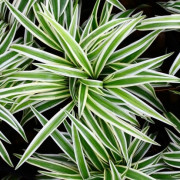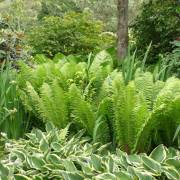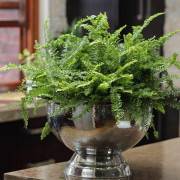Fern Orlyak - what it looks like and where it grows
Content:
The bracken fern is an ornamental plant that is widespread almost all over the planet. It is found everywhere except the polar zone and the desert. The plant grows well both in the yard and in spacious rooms, which is why it is popular among many flower growers.
Fern Orlyak: what it looks like and where it grows in nature
The bracken fern is often found in areas with a temperate climate. A perennial plant belongs to the Dennstedtiev family. This variety, like many others, is used for food. However, you need to know where the fern grows, how and at what time to collect shoots, how to cook it correctly.
Description of the plant, medicinal properties
In its family, Orlyak is the largest, does not form bushes. Shoots can be up to 60 cm long. However, in warm climates, the plant can grow taller than a person.
The root system is powerful, it consists of horizontal and vertical shoots. Such roots allow the plant to quickly develop new territories. Every year new shoots appear on the rhizome.
The leaves of the Orlik (frond) are large, patterned, the segments are arranged alternately, on their lower part there are sporangia - a place for the maturation of spores. They are elongated along the edge of the leaf lobes. The outer part of the spores is covered by the edge of the leaf plate bent outward. On the lower leaves there are nectaries that secrete a liquid with a sweet taste.
Orlik's sprouts appear during the flowering period of the bird cherry; by summer they reach a certain size and fully open, although they are initially rolled up into a snail.
Growing bracken fern in the open field
Despite the fact that the plant is more common in forests, it can be grown on a personal plot. Planting and caring for a fern has its own characteristics that should be considered.
Choosing a landing site
Shaded areas are considered the best place to plant Orlyak fern. The plant is not very fond of light, constant sunlight leads to a weakening of the color of the leaves: they become pale and not beautiful. In the shade, the plant will have a rich green hue.
The soil should be light, fertilized. The best option is considered to be a soil of sand, peat and deciduous soil. It is good to add lime to the soil before planting. The plant does not like loamy soils.
After purchasing an adult specimen (retail or wholesale), it is recommended to leave the plant in the dark for a day so that it adapts a little. When buying, pay attention to the absence of damage on the fern, traces of disease. The leaves should be firm and green.
Planting of this species is carried out in mid-spring, when the soil is already well warmed up. Blooming fronds are signs that a flower is ready for planting.You need to plant a bush with an earthen lump, this will help protect the root system from damage.
The planting hole should not be too deep so that the seedling does not die. The sprout is placed in a hole, covered with earth and watered with warm water. The plant takes root for a long time, however, with proper care, it will delight in appearance.
Top dressing and watering
After planting, the plant must be watered. Common fern loves moisture, the main thing is that it does not stagnate constantly, but the soil should not dry out either.
Fertilizers are applied if necessary. For the first time, the fern is fed after the appearance of young shoots. For the procedure, select special products intended for ferns. Dilute drugs, strictly following the instructions.
Growing and caring at home
It is not difficult to grow a fern at home. After purchasing a seedling, it is transplanted into a spacious pot and watered with special agents that help the plant adapt faster.
Illumination and temperature conditions
In the house, a pot with a plant is placed in shaded places, away from the battery and heater. It is not allowed to leave the flower on sunny windowsills, it will simply die.
The plant tolerates temperatures from 10 ° C to 25 ° C. In summer, the fern can be taken out into the fresh air by leaving the pot in a shaded area. It is required to protect Eagle from drafts and cold winds.
Watering rules and humidity
It is recommended to water the bushes 2 times a week as the soil dries out. In winter, you need to water no more than 1 time in 14 days, you can do with spraying and maintaining moisture.
Plant transplantation is rarely carried out if the pot becomes small.
Features of flowering bracken fern
Despite many legends, scientists claim that ferns do not bloom. Reproduction occurs not by seeds, but by spores. It is they who, during the ripening period, can look like flowers. No one has been able to see the real flowers, but many who wish still hope to find them.
How the bracken fern reproduces
Eaglet reproduces in several ways. Each is characterized by the presence of specific features.
Under natural conditions, reproduction occurs with the help of spores. They are carried through the surrounding area by the wind. For home breeding, a similar method is also suitable. The branch is cut from the bush in the fall and left in a paper envelope. Towards the end of January, the spores turn into a fine powdery mixture. The raw materials are scattered in containers with a suitable soil, poured over and covered with glass or film.
After about a couple of months, moss forms on the surface of the soil, which is the beginning of the development of seedlings. The film or glass is removed. Gradually, individual shoots will grow and connect with each other. When this happens, they can be moved to separate containers. In the spring, ready-made seedlings are planted in a permanent place in the soil.
The method is rather laborious, therefore it is rarely used. The method of dividing an adult bush is more popular. The presence of a powerful and developed root system allows you to calmly divide the bush into several parts and plant it. It is allowed to carry out the procedure at temperatures above 0 ° C and heated air. In this case, new seedlings will easily take root.
In some cases, you can try propagation using rhizomes dug in the forest. They are planted in the selected area. Such plants will develop longer, but after a while they will achieve the required growth and appearance.
Diseases and pests
The bracken fern has an average immune system, therefore it is often affected by pests and various diseases. Danger to the plant is represented by scale insects, whiteflies, thrips. To avoid the death of a plant, it is required to process it with specific preparations on time.
The Orlyak fern is a beautiful plant that can be a wonderful decoration for a garden. The flower is unpretentious in care, subject to the rules of planting, it will delight in appearance for a long period.
